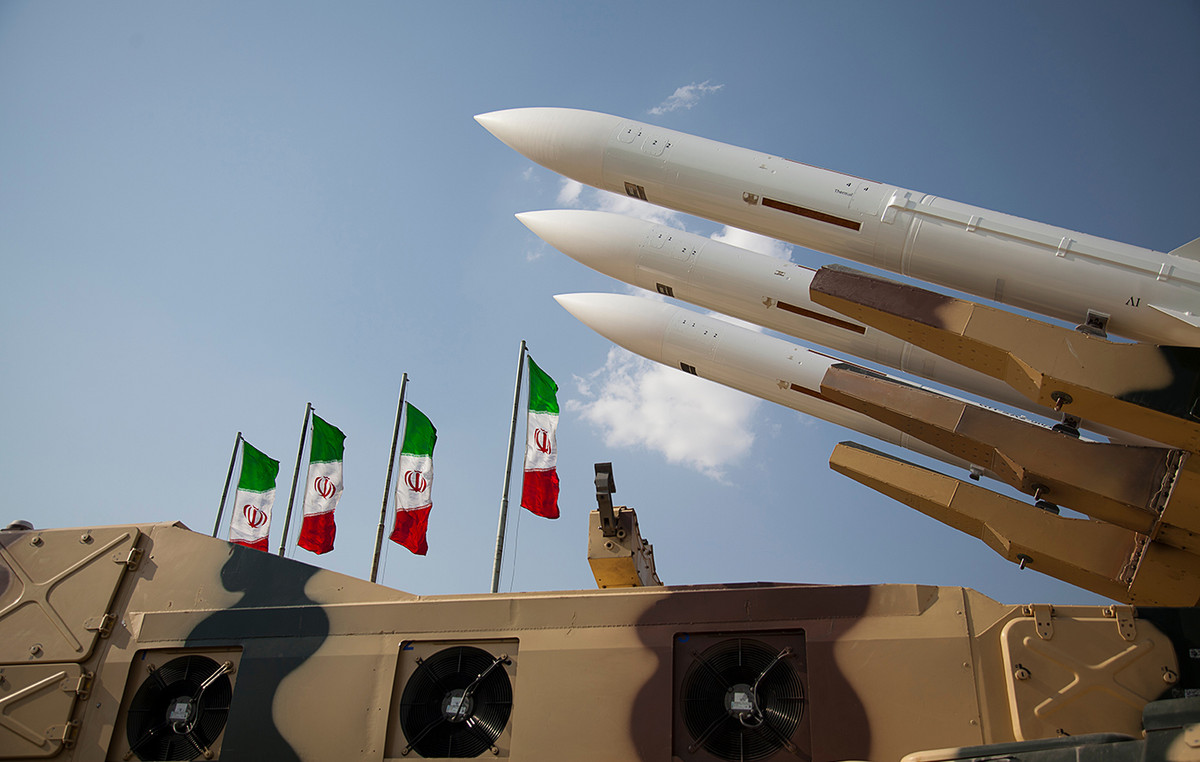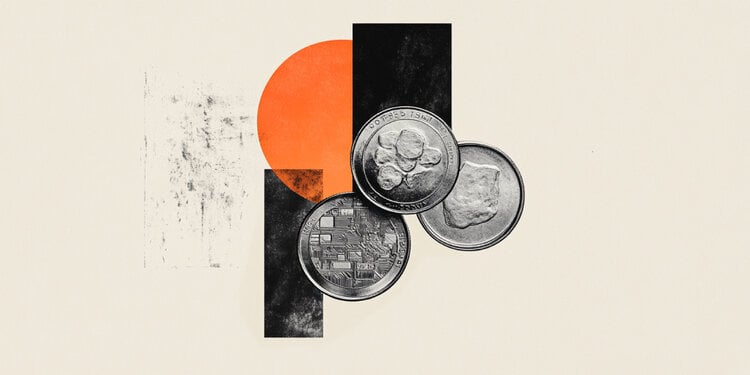- The WTI crude quotes about $ 74.58, with an increase of more than 2.5% in the day after reaching an intradic maximum of $ 75.53.
- Israeli attacks on Iranian infrastructure generate new concerns about the supply and add a geopolitical cousin of approximately $ 10 per barrel, according to Goldman Sachs.
- The technicians remain bullish: the price remains well above the 21 -day EMA about $ 66.80; The RSI in 74.21 indicates overstock conditions.
The West Texas Intermediate (WTI) crude oil exceeded the $ 75.00 mark on Thursday, reaching its highest level since the end of January amid geopolitical tensions and more adjusted supply signs, which feeds new purchases. At the time of writing, the American referent quotes around $ 74.58, with an increase of more than 2.5% in the day, after marking an intra -estate of $ 75.53 while the operators respond to the conflict in climb between Iran and Israel and a strong fall in US inventories.
This maximum of several months underlines how quickly the tensions in the Middle East and the foundations of supply can inject a new bullish impulse into the oil market, keeping investors in suspense and feeding conversations about additional gains if the risks for key shipping routes intensify.
Recent Israeli air attacks on Iranian nuclear and oil infrastructure have intensified concerns about possible supply interruptions in a vital region for global energy flows. The Ormuz Strait, a narrow passage through which approximately 20-30% of the world oil supply is moved daily, is now under a more intense scrutiny as tensions increase. In response, operators have quickly incorporated a significant geopolitical risk premium, with Goldman Sachs estimating that the ongoing conflict has added approximately $ 10 per barrel to crude oil prices.
Adding to the bullish impulse, a strong reduction in US oil inventories has reinforced concerns about a more adjusted short -term supply. The latest data showed that the inventories fell into more than 11 million barrels last week, marking one of the most pronounced weekly falls in more than a year. This fundamental squeeze, combined with the geopolitical premium, has pushed the WTI prices firmly by half of the $ 70. However, market strategists warn that, although tensions in the Middle East support greater rise, the strong schist production in the US and the wide idle capacity within the organization of oil exporting countries (OPEC) could limit any prolonged rally. Unless the conflict intensifies in a broader regional crisis or interrupts shipping through the Ormuz Strait, crude oil prices may have difficulty maintaining levels above $ 80 per barrel.
From a technical perspective, WTI crude oil remains in upward territory, quoting about $ 74.58 after reaching a maximum intradic of $ 75.53, quoting well above its 21 -day EMA at $ 66.80. This shows that buyers still have the advantage for now. That said, the relative force index (RSI) that is around 75 suggests that the market is overheating, so a brief break or some benefits would not be a surprise. The indicator of convergence/divergence of mobile socks (MACD) is firmly maintained in positive territory, supporting the vision that the impulse remains strong. If the prices exceed the 78.00 mark, a race around $ 80.00 could be in the letters. Down, any fall will probably find a support around $ 70.00, with a solid support waiting closer to the EMA area at $ 66.80.

Source: Fx Street
I am Joshua Winder, a senior-level journalist and editor at World Stock Market. I specialize in covering news related to the stock market and economic trends. With more than 8 years of experience in this field, I have become an expert in financial reporting.







